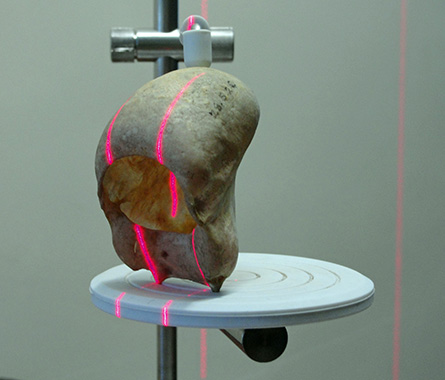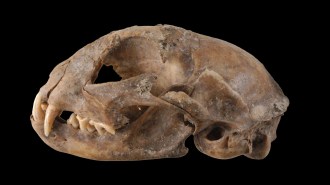Inside the roaring sex lives of howler monkeys
Researcher dissects howler monkey roars

DEEP ROARS, SMALL SPERM STORES In nine species of howler monkey, researchers found an inverse relationship between testes size and size of the hyoid bone, part of the vocal tract.
© Amazon-Images/Alamy Stock Photo







